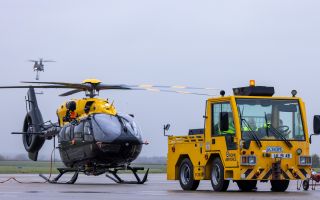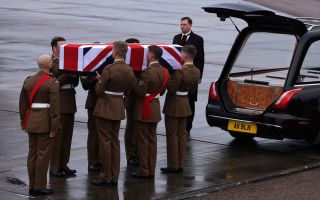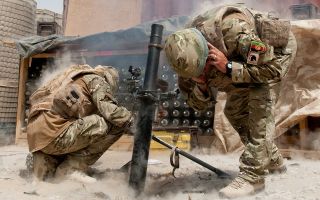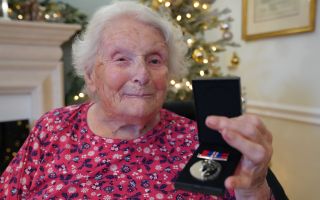
Candy Bomber Gail Halvorsen who dropped sweets for German children dies aged 101

A US pilot, who earned the honour of wearing Royal Air Force wings and became known as the Candy Bomber for dropping sweets to children over post-war Berlin, has died aged 101.
Retired Colonel Gail S Halvorsen, affectionately known as the 'Berlin Candy Bomber' and 'Uncle Wiggly Wings' for wrapping sweets in handkerchiefs and dropping them from his US Air Force cargo plane to German children during the Berlin Airlift and the Soviet blockade, died following a brief illness.
Between 1948 and 1949, the young pilot, who earned his wings training with the RAF, would drop chocolates and other sweets during Allied missions over Germany that had been organised to carry vital supplies to the people of Berlin following the Soviet Union's move to block access by rail, road and canal to sectors of the German city under Western control.
- Remembering the Berlin Airlift
- Did Allied Pilots Really Drop Fake Wooden Bombs On Fake Wooden Decoy Airfields?
- Ulric Cross: The extraordinary life of Trinidad RAF veteran 'The Black Hornet'
The Gail S. Halvorsen Aviation Education Foundation announced the veteran's death on Facebook.
"Rest easy, skipper - we'll take the controls now for a season and bring the plane safely home … as you always did, bringing light and joy to all in our flight path."

The veteran wore his RAF wings with pride and maintained strong connections with the Royal Air Force ever since his training during the Second World War at the Number 3 British Flying Training School at Miami, Oklahoma.
Speaking with the RAF Museum in January 2020, about how he thought training with the RAF was "a blessing", Col (Retd) Halvorsen said: "As a kid off the farm, all I heard about was all the good things the RAF were doing so I said 'of course, I'd like to train with the RAF'.
Video: Col (Retd) speaks of having an attitude for gratitude in a video published three days before his death on 16 February 2022.
What was the Berlin Airlift?
The 11-month Berlin Airlift between 1948 and 1949, saw Anglo-American missions fly essential supplies of food and fuel from RAF Fassberg (now a German airbase) to West Berlin after the Soviet Union blocked all rail and road travel to and from the city.
The airbase was crucial to the around-the-clock operation. Planes took off from there every three minutes to deliver crucial supplies to the two million citizens of West Berlin.
It was the world's first international aid effort, designed to overcome a Soviet blockade and had it failed, West Berliners could have faced starvation.

How did Col (Retd) Halvorsen become known as the Candy Bomber?
During the Berlin Airlift, also known as Operation Vittles, pilot Col (Retd) Halvorsen flew essential supplies to West Berlin on a C-54 cargo aircraft.
After one of these missions, while waiting for his aircraft to be reloaded, he saw some German children by the wire fence. Speaking to Dan Waters, of the RAF Museum in January 2020 about this encounter, Col (Retd) Halvorsen explained how the children did not ask for much. He recalled how they had said: "Someday we'll have enough to eat.
"But, if we lose our freedom, we'll never get it back."
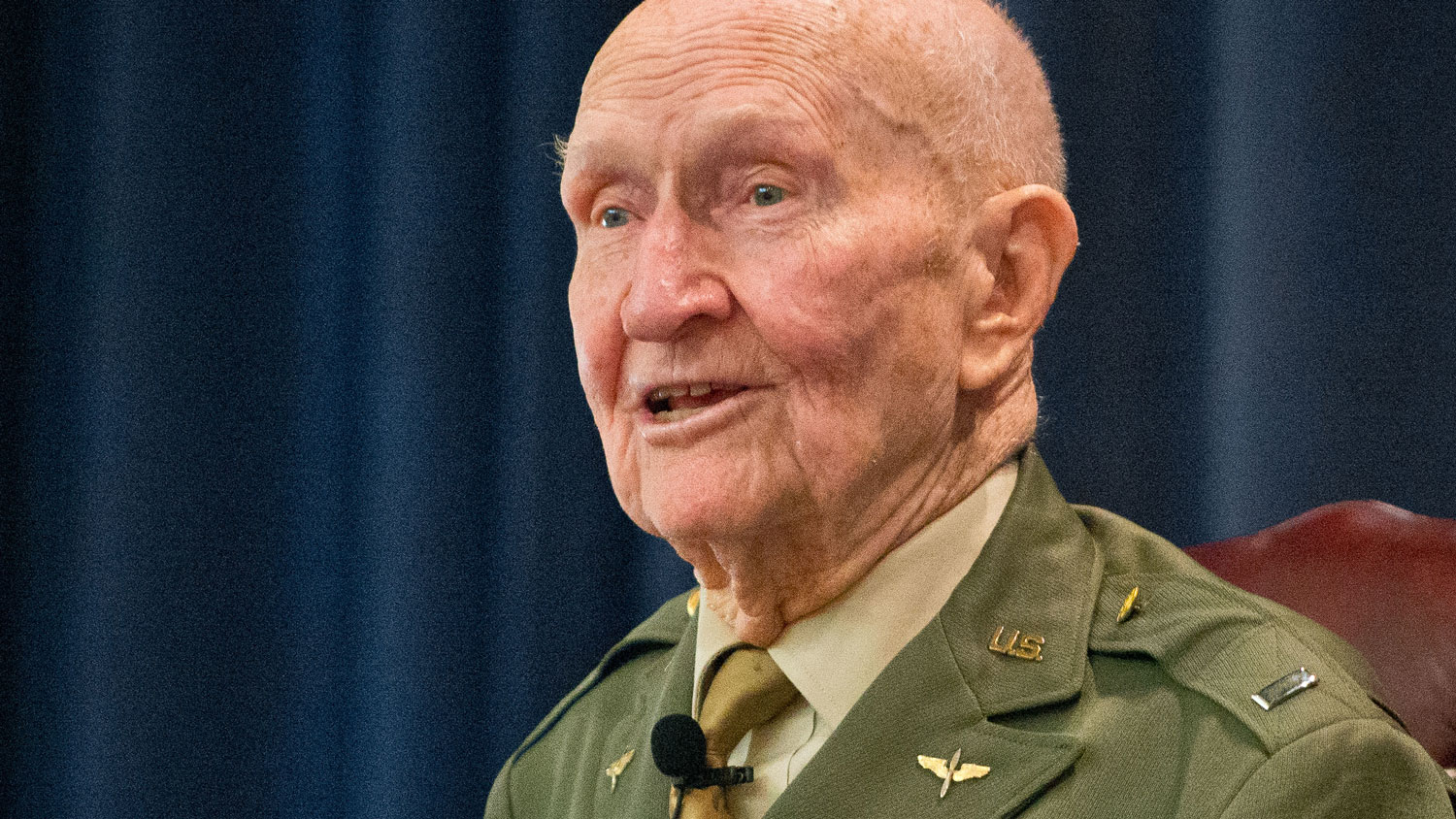
This exchange prompted Col (Retd) Halvorsen to do whatever he could to brighten the lives of the children of West Berlin who had suffered and lost so much because of the Second World War.
At first, all he could do was give them the two sticks of chewing gum he had on him.
In the years since, he has spoken many times of seeing these German children taking the wrapping off the chewing gum and passing it around to the other children so that they could at least smell the sweetness.
This gesture inspired Col (Retd) Halvorsen to start Operation 'Little Vittles' in September 1948 to get sweets, known as candy in America, to the children of West Berlin.
He would wrap the sweets in handkerchiefs and drop them like miniature parachutes down to the children below.

Eventually, in America, companies that made sweets and children themselves started donating their candy to Op Little Vittles and drops were being made every other day to the children of West Berlin.
Other countries like the UK and Australia started to contribute to the hearts and minds operation.
The RAF Museum writes that by the end of the Berlin Airlift in May 1949, 23 tons of sweets had been dropped.

